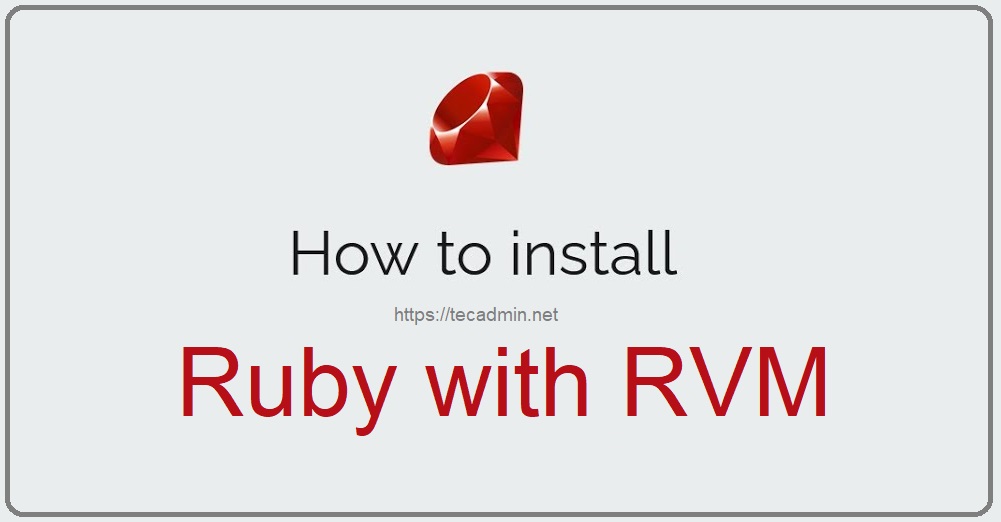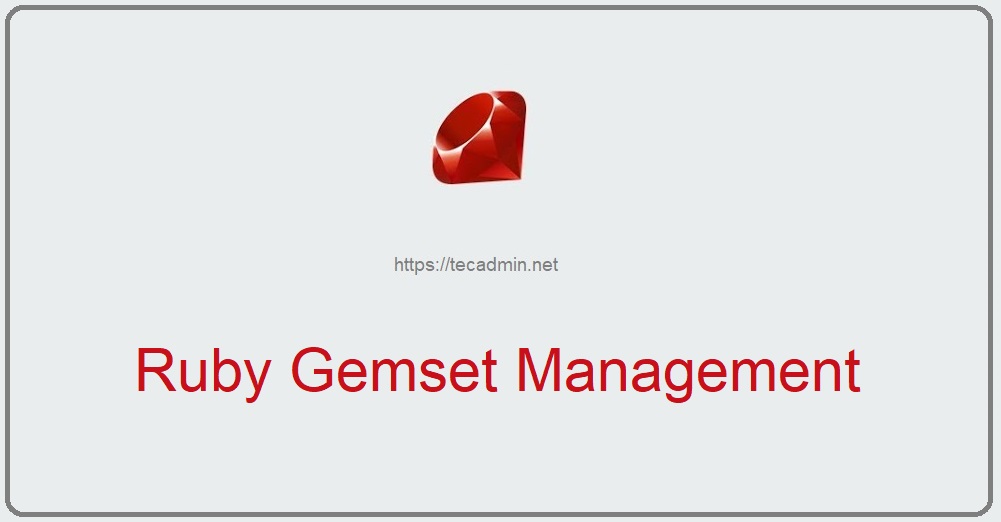Node.js is a popular JavaScript runtime environment that is widely used in web development. As developers work on different projects, they often need to switch between various Node.js versions. This is where Node Version Manager (NVM) becomes a game-changer. NVM allows you to install multiple versions of Node.js and easily switch between them. In this article, we will guide you through the process of setting a default Node.js version using NVM, ensuring a seamless development experience. Prerequisites Before you begin, ensure you have NVM installed on your system. If you haven’t installed NVM yet, you can install it using the…
Author: Rahul
Laravel, a robust framework for web application development, relies heavily on packages for extending its capabilities. However, there comes a time when a package may no longer be needed or suitable for your project. This is where PHP Composer, the dependency manager for PHP, plays a crucial role. In this article, we’ll walk you through the process of uninstalling a Laravel package using PHP Composer. Prerequisites Before proceeding, ensure you have the following: A Laravel project setup. Composer installed on your system. Terminal or command prompt access. Quick Instructions Locate the Package Name: Check your composer.json file under the require…
Ruby, a dynamic, open-source programming language, emphasizes simplicity and productivity. It’s popular in web development, data analysis, and more. A key aspect of starting with Ruby is its installation, and Ruby Version Manager (RVM) offers an efficient solution. This article delves into the RVM method of installing Ruby, ensuring a smooth and flexible setup. Understanding RVM RVM is a command-line tool that manages Ruby environments. It simplifies installing different Ruby versions and managing gemsets, making it indispensable for developers working on multiple projects. Its isolation feature ensures that each project has its own environment, avoiding version conflicts. Prerequisites Before installing…
Ruby, renowned for its dynamic and open-source nature, emphasizes simplicity and productivity. Its elegant syntax is straightforward, making it a pleasure to read and write. In the Ruby ecosystem, managing different versions of gems (libraries) can be a complex task, particularly when working on multiple projects. This is where gemsets come into play. In this article, we will explore the concept of gemsets in Ruby, their importance, and practical techniques and best practices for managing them. Understanding Gemsets A gemset is essentially a collection of Ruby gems, grouped together and isolated from other gemsets. This isolation prevents conflicts between different…
In the world of shell scripting, understanding the nuanced differences between various commands is crucial for crafting efficient and effective scripts. Two such commands that often lead to confusion are `wait` and `sleep`. While they may seem similar at first glance, each serves a unique purpose in script execution. This article delves into the core differences between the wait and sleep commands in shell scripting, providing clear examples and practical use cases. Difference Between wait and sleep Commands The difference between wait and sleep in shell scripts is essential to understand for efficient script writing and process management in Unix-like…
Deploying Odoo, an open-source ERP (Enterprise Resource Planning) and CRM (Customer Relationship Management) software, efficiently and ensuring it runs smoothly can often be a challenge. This guide aims to simplify one crucial aspect of Odoo deployment: creating a systemd service file. Systemd is a system and service manager for Linux operating systems, which can be used to start, stop, and manage services automatically. Why Use Systemd for Odoo? Using systemd has several benefits: Automatic Start-Up: Ensures Odoo starts automatically after a system reboot. Service Management: Simplifies the process of starting, stopping, and restarting the Odoo service. Logging: Provides a centralized…
In the dynamic world of network security, iptables serves as a cornerstone tool for Linux administrators. It provides powerful capabilities to manage the flow of traffic through a network. Understanding how to effectively modify iptables chains – INPUT, OUTPUT, and FORWARD – is crucial for optimizing network security and ensuring efficient data flow. Understanding Iptables Chains Iptables uses a set of predefined chains to control the flow of network traffic: INPUT Chain: Manages incoming traffic to the server. OUTPUT Chain: Governs traffic leaving the server. FORWARD Chain: Handles traffic passing through the server, mainly used in routers. Each of these…
In the realm of software development, especially when dealing with PHP projects, Composer stands out as a key tool for dependency management. However, a common scenario that developers encounter is the need to bypass certain restrictions to execute Composer as a root or superuser. This article delves into the implications of doing so, the reasons behind the warnings, and best practices for managing such situations. Understanding the Warning Composer, by default, discourages running commands as the root user (or using sudo). When you attempt this, a warning is typically displayed: “Do not run Composer as root/super user! See https://getcomposer.org/root for…
The command-line tool curl is widely used for transferring data with URLs, especially in the realms of web development, testing, and automation. Understanding how to effectively use curl to return both the HTTP status code and the response body is crucial for diagnosing issues, automating tests, and interacting with APIs. This article delves into the methods and benefits of retrieving HTTP status codes alongside responses using curl. Basics of Curl curl stands for “Client URL” and is a software project providing a library and command-line tool for transferring data using various protocols. It is a powerful tool that can be…
Pop!_OS, a Linux distribution developed by System76, is renowned for its user-friendly interface and efficiency, particularly among developers and creative professionals. Similar to other Linux distributions, managing system administration tasks in Pop!_OS often requires elevated privileges, typically achieved through the use of ‘sudo’. The ‘sudo’ command stands for “superuser do” and it enables an authorized user to execute commands with root-level privileges. This approach is critical for maintaining system security and integrity. Setting up a sudo user in Pop!_OS is straightforward and aligns closely with standard practices in the Linux ecosystem. Let’s walk through the process of creating a sudo…


